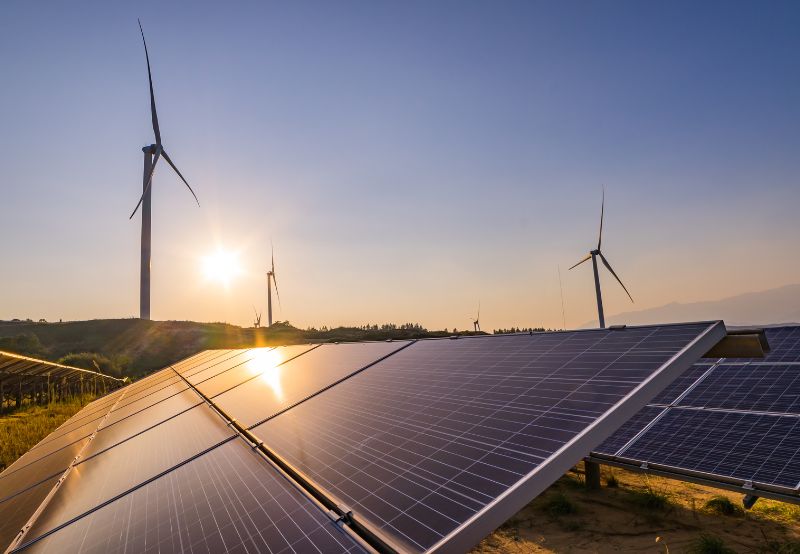US Treasury Guidance Tightens Renewable Energy Tax Credit Rules
The 5% safe harbour will apply to residential projects only
August 18, 2025
Follow Mercom India on WhatsApp for exclusive updates on clean energy news and insights
The U.S. Treasury Department has announced new rules limiting how wind and solar companies can claim federal tax breaks.
While industry associations criticized the guidance as a further blow to clean energy development, industry analysts viewed the changes as minimal and less severe than initially feared.
In July 2025, U.S. President Donald Trump signed an executive order directing the Secretary of the Treasury to terminate the clean electricity production and investment tax credits for wind and solar facilities and implement the enhanced foreign entity of concern restrictions identified in the ‘One Big Beautiful Bill’ Act (OBBBA).
Under the OBBBA, the U.S. has terminated 45Y and 48E tax credits earlier issued to wind and solar projects commissioned after December 31, 2027.
The order clarified that these rules do not apply to wind and solar projects that did not begin construction before September 2, 2025.
According to the new order, projects that started construction before September 2, 2025, can still rely on the old rules, and projects that begin construction by mid-2026 can depend on the new guidance.
The projects can claim a continuity safe harbor if they are commissioned within four years of commencing construction.
For a project to qualify for credits, it must meet the continuity requirement and demonstrate proof of continuous construction.
The order also specifies a list of excusable disruptions, such as weather-related events, natural disasters, and delays in obtaining permits, as reasons to waive the continuity requirement if the project is completed within four years.
Utility-scale projects or those exceeding 1.5 MW must demonstrate that they commenced construction before the deadline by passing a physical work test.
A physical work test can include off-site or on-site progress. Off-site physical work of a significant nature may include the manufacture of components, mounting equipment, and support structures such as racks and rails, as well as inverters, transformers, and other power conditioning equipment.
On-site physical work for a solar project may include the installation of racks or other structures to affix solar modules, collectors, or solar cells to a site.
There is no set minimum amount of work, nor is there a monetary or percentage threshold required to satisfy the physical work test.
Projects that have started construction after September 2, 2025, and have incurred up to 5% of their construction costs (5% safe harbour) will not be considered as a criterion to determine whether the project has begun construction.
In the case of a low-output solar project with a maximum net output of less than 1.5 MW, the project may claim tax credits using the 5% safe harbour rule if it began before July 5, 2026.
The guidance does not address the beginning of construction rules for projects with foreign entity restrictions.
The Treasury Department and the Internal Revenue Service are currently drafting additional guidance as is necessary and appropriate to implement those restrictions, as enacted by the OBBBA.
The guidance has drawn criticism from the renewable energy industry.
The Solar Energy Industries Association said the new guidance to restrict energy tax credits further is part of an unprecedented side deal the administration made with anti-clean energy ideologues to undermine Congress and harm America’s solar industry. “This is yet another act of energy subtraction from the Trump administration that will further delay the buildout of affordable, reliable power,” it said.
The American Clean Power Association said the Treasury Department’s decision to accelerate the phase-out of clean energy tax credits undermines the integrity of the energy grid.
Investment bank ROTH Capital Partners said the changes were, however, “much better than expected,” it said. “Since there is no retroactivity, safe harbored volumes appear to be healthy through 2029, and there is a path to safe harbor volumes through 2030.”
